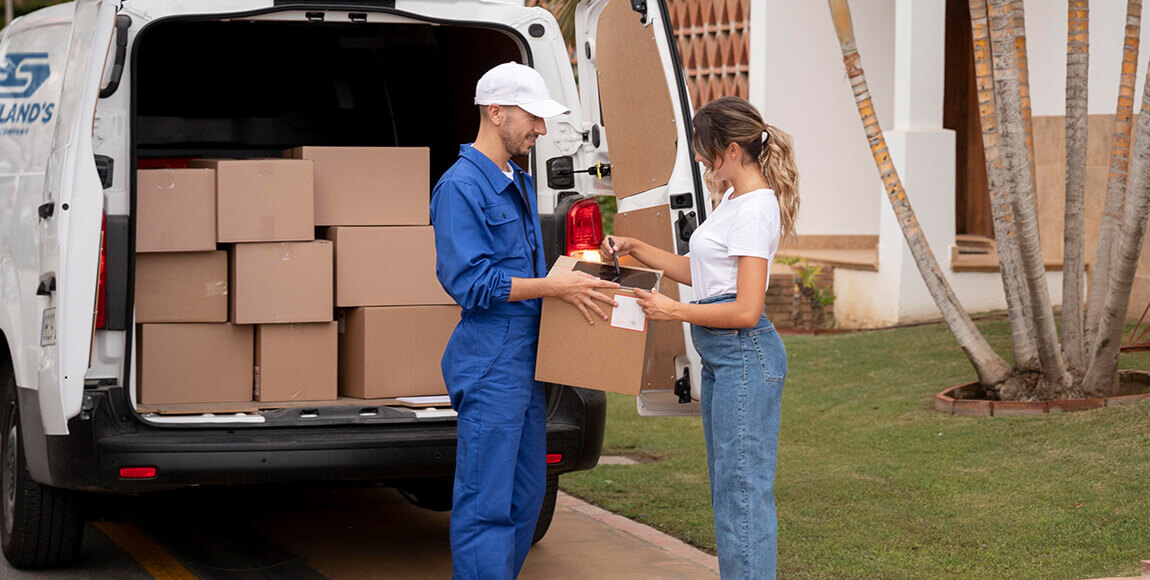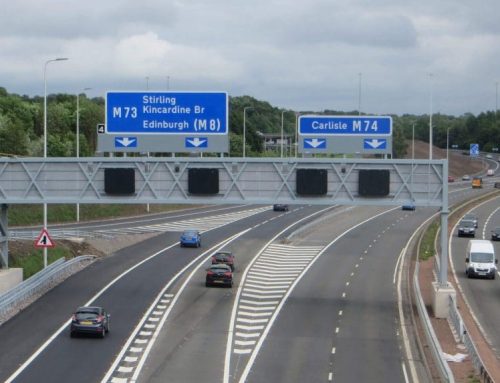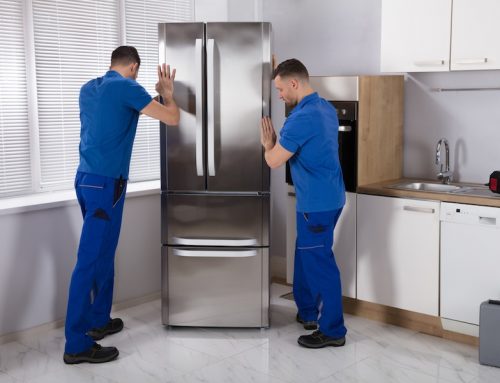Since the dawn of time, people have been moving things from A to B. Whether it was a stack of rocks for building a house, a deer for food or (more recently) buying things online to be sent to you. In fact, the first recorded example is the Egyptians moving materials over huge distances to build the pyramids. As time progressed, more and more methods were devised for transporting goods, from messengers running around delivering messages to homing pigeons or horses and carts. But how did that evolve into the courier services we know and love? Today, we’re doing a bit of a history lesson about all things courier.
Deliveries by Animals
Camels: In Australia, Camels were commonly used animals to carry parcels, packages and post for long distances. In fact, they were regularly used up until 1929, when the railroads replaced them.
Dogs: In colder climates, the biggest domestic animals would serve as the delivery network. In places like Alaska, Canada and even some areas of Australia, dog sledges were used to carry post and parcels between 1890 and 1963, with their loads reaching over 700 items.
Horses: This one will be a bit more familiar to you. Horses have been used by numerous ancient empires to deliver messages, thanks to their domesticated and hardy nature. The Hanseatic League was documented as having regular horse-powered courier services as early as 1274, which ran between the principal towns and castles. By the 16th century, a courier network of horses had spread across the whole of Western Europe. In America, the Pony Express delivered parcels on a relay network from East to West across North America. In the more remote parts of the world, like Tibet, China and even the Grand Canyon, horses are still used to deliver post and parcels.
The Modern Courier Industry
With the invention of cars, railways and main roads, the courier industry quickly took off. Now, there is a comprehensive network of carriers and couriers spanning the globe. The evolution of modern transport made it possible to send a parcel around the world in just one day, and the internet opened up delivery services to everyone. So let’s look at the advancements that have been made over the last century alone:
- 1907: The first large-scale courier company was born. Jim Cassey borrowed $100 from a friend to start up a messenger service in Seattle. Little did he know that it would eventually become UPS.
- 1913-1918: Jim Cassey buys a car, allowing his company to specialise in delivering parcels for retailers. The company soon merged with a competitor, and in 1916, Charlie Soderstrom joined, bringing with him the brown brand colours and even more vehicles.
- 1919: 1930: 1919-1930:The name ‘United Parcel Service’ is established, and the company expands to cover most cities across the Pacific Coast. They introduced daily pick-ups, streamlined documentation and even conveyor belt technology for handling packages. By 1930, UPS dominated the East Coast, too.
- 1946: K.W Transport was founded by a man called Ken Thomas in Australia, using a single truck. 12 years later, the business would change its name to TNT.
- 1953: UPS launched their air services between the West and East coasts of the USA, dominating the US courier market.
- 1969: DHL was founded and specialised in delivering documents to customs offices before the freight goods they were carrying, allowing them to pass without delay. This practice was picked up by most courier companies soon after.
- 1973: FedEx opens and begins delivering 186 packages on its first night.
- 1977: UPS opens an air service, making it the first company to deliver packages to every single state in America.
- 1980: TNT becomes Britain’s first-ever door-to-door next-day delivery service.
- 1989: UPS is now operating in more than 175 countries.
- 1992: UPS launches electronic tracking and a new tracking website.
- 2002: Track and trace systems were invented, allowing customers to track their parcels live through the internet.
2004 – Now: Courier resellers and independent courier companies see the success of big firms, and start to spring up in droves. These independent companies have made it affordable for smaller, local businesses and online sellers to offer competitive delivery. Now, customers can quickly get quotes, track deliveries, and bypass complicated paperwork for a quicker, simpler service. More and more businesses are opting for independent courier services over the likes of Royal Mail, DHL and so on.
The Modern Specialist Courier: Delivering Better Service
At Scotland’s Courier Company, we are an independent logistics and courier company, proud to serve the local small business community. We can offer the same (if not better) service and speed as the bigger companies, without all of the complications and issues that come with it.
Our philosophy is simple: 100% commitment, every time. While the giants focus on volume, we focus on the reliability and specialised handling needed for bulky and complex consignments—the kind of specialised heavy freight work that demands deep local knowledge and personal accountability. This dedication is why our clients trust us completely and return year after year.
If you would like to find out more about us and what we can do, just get in touch with the team today on our contact page.




